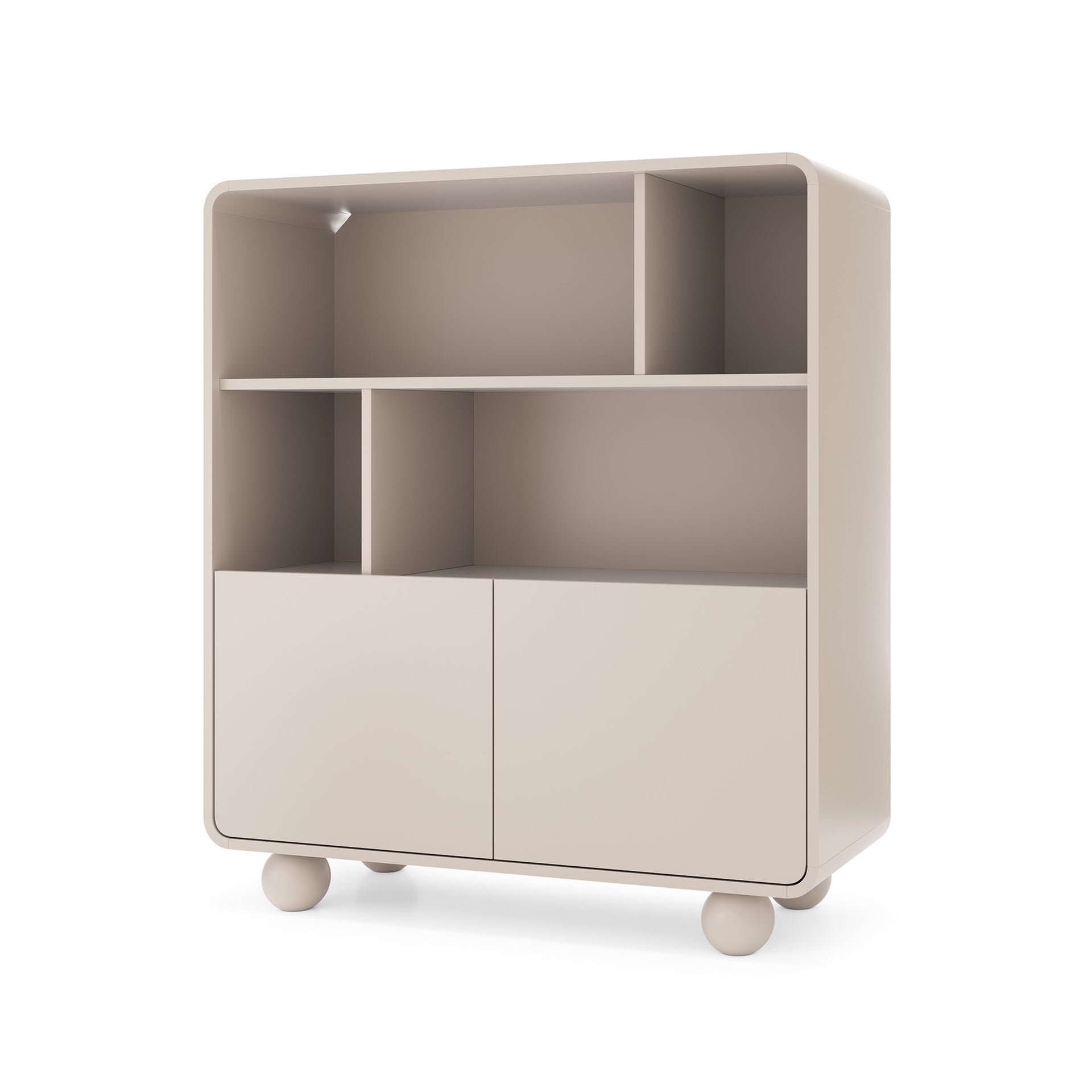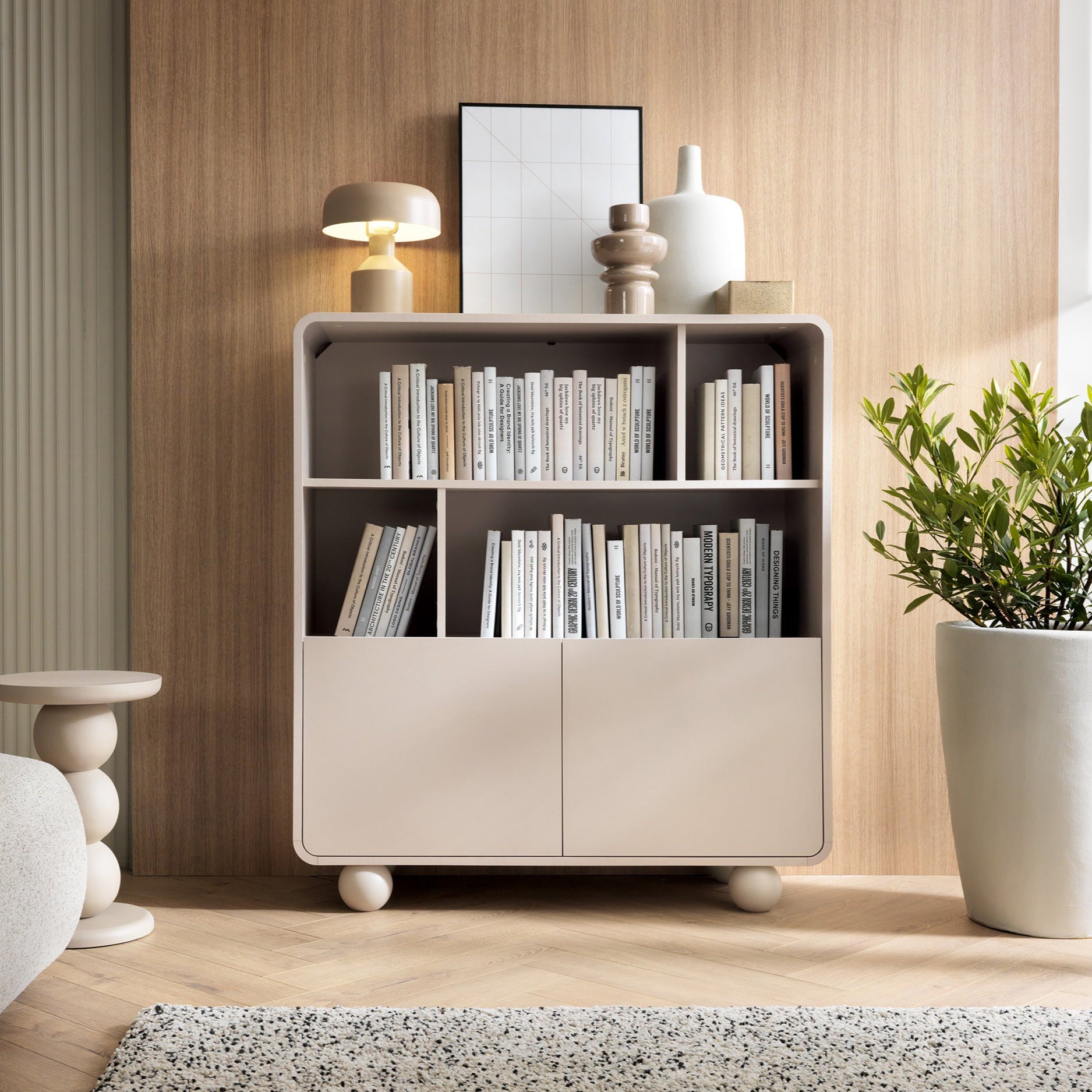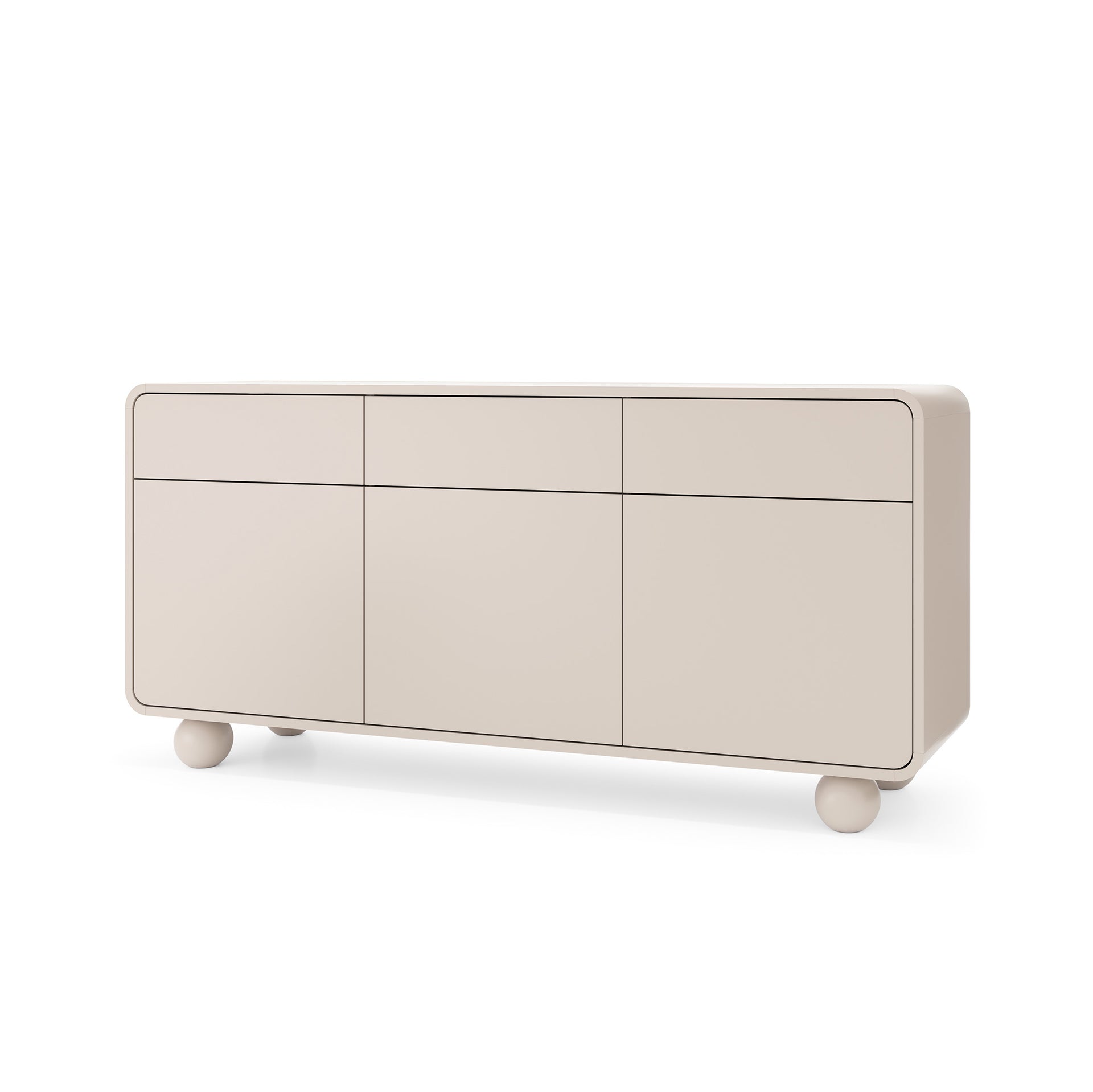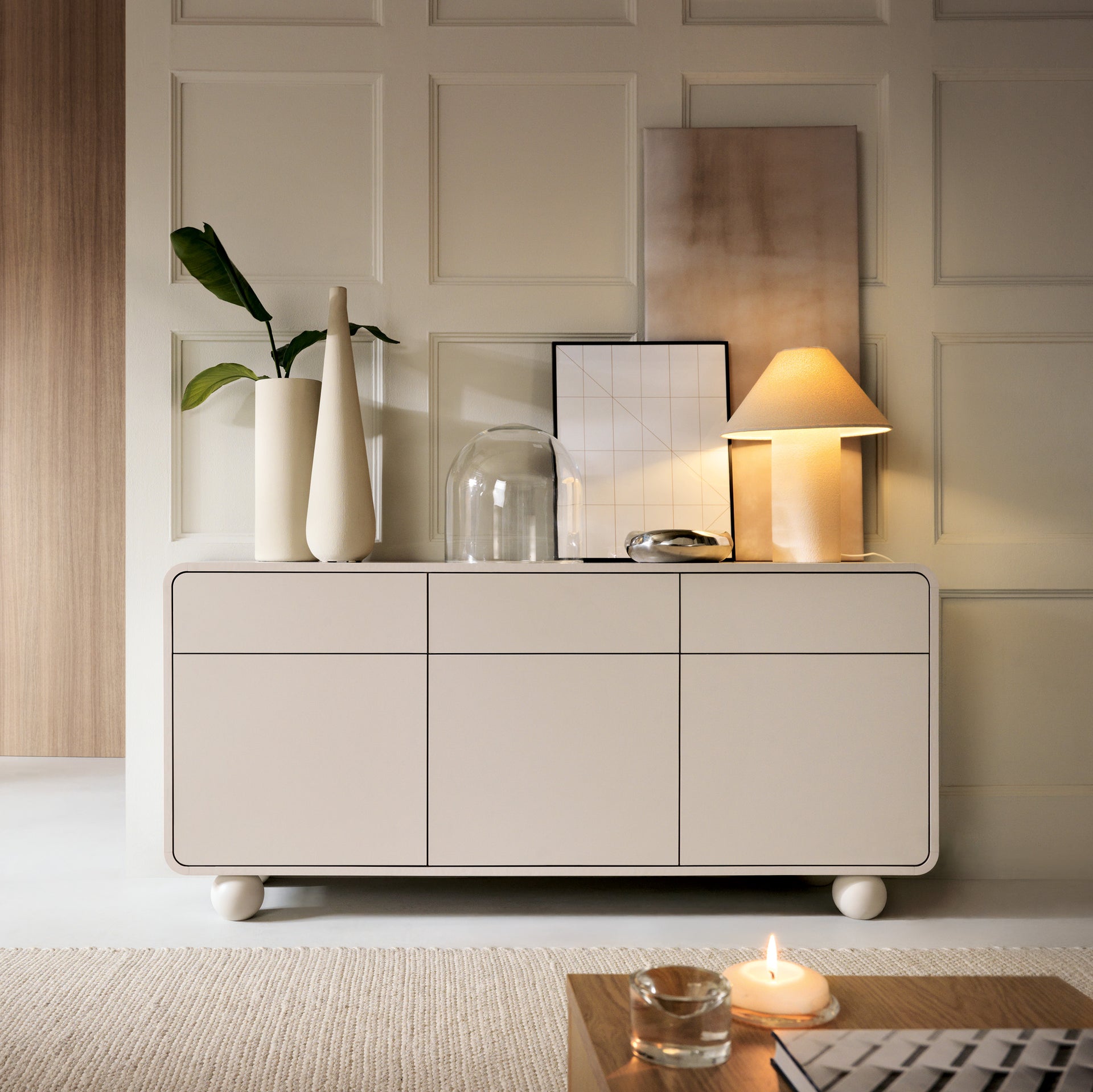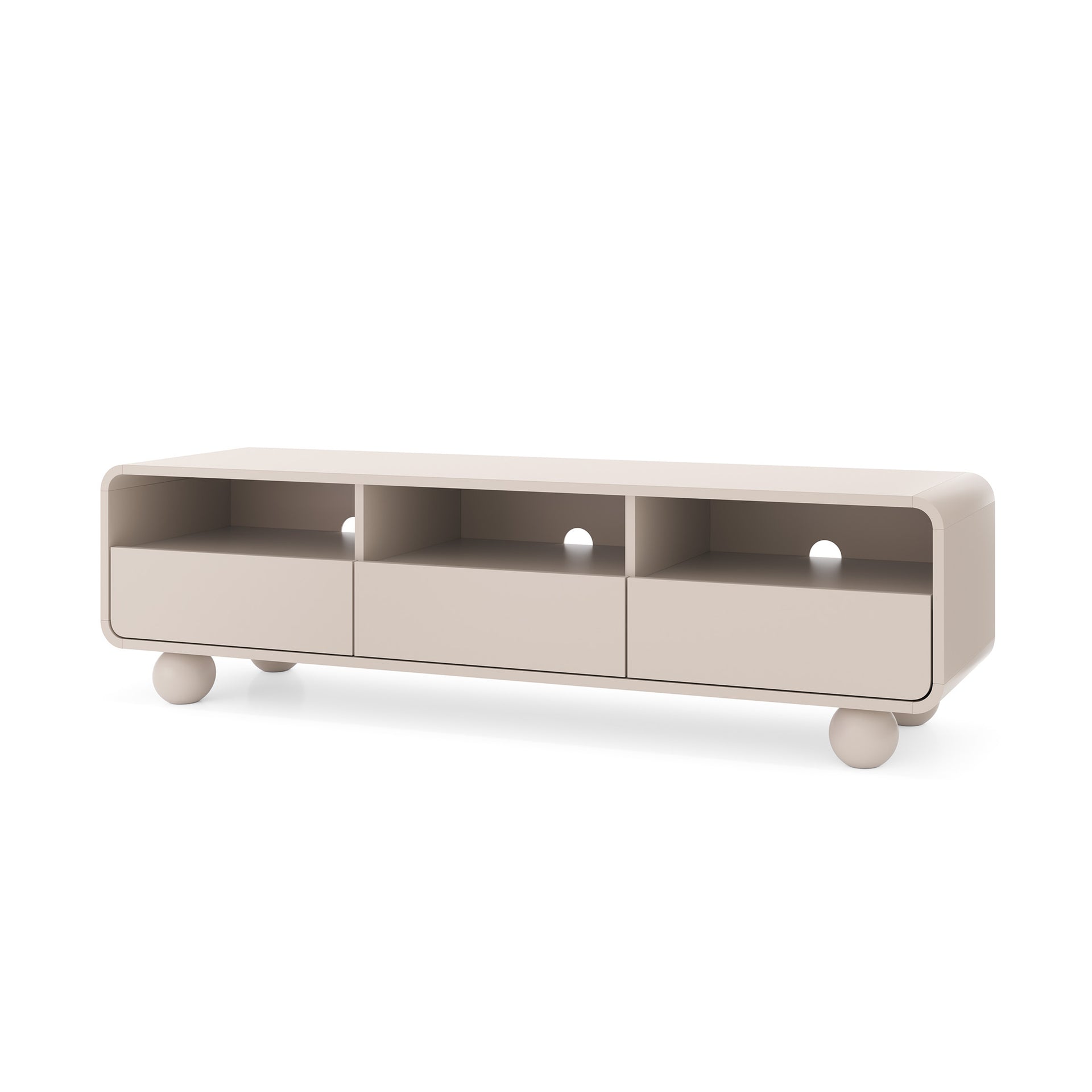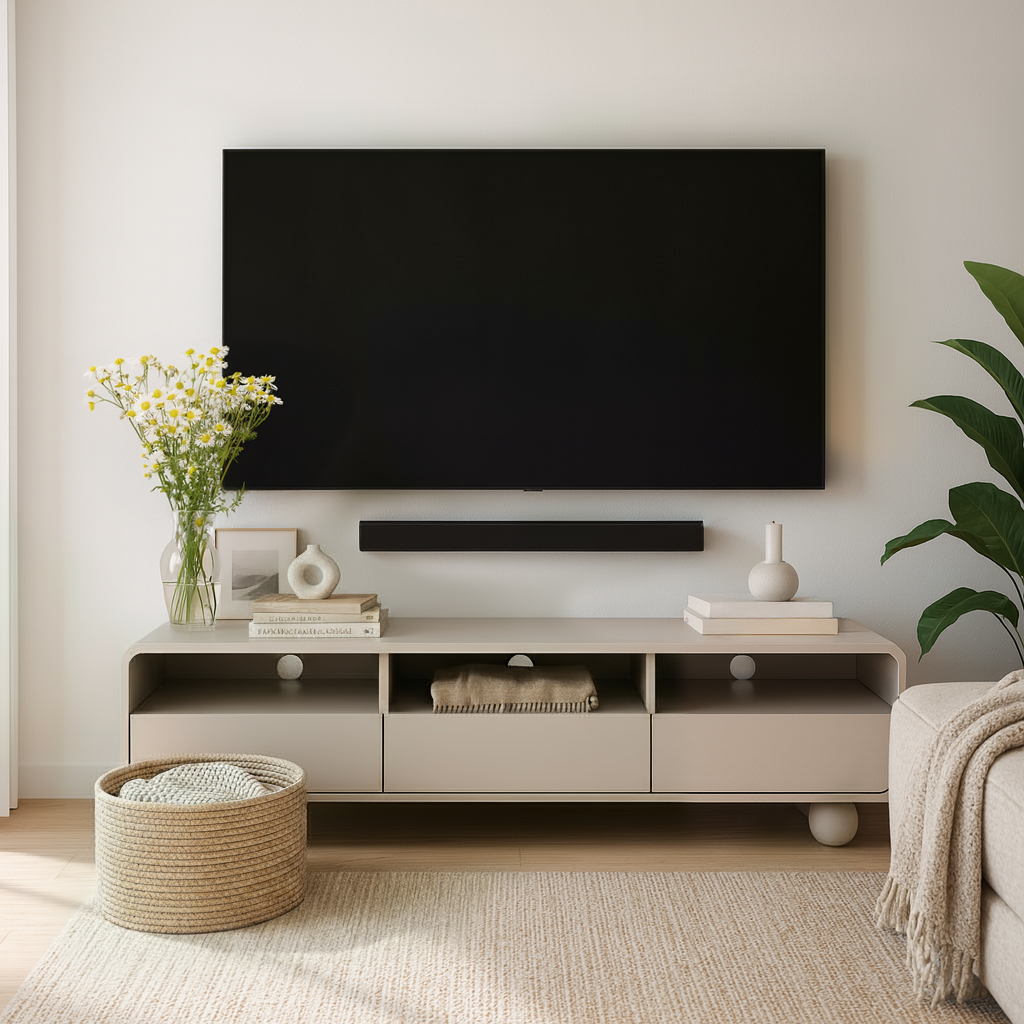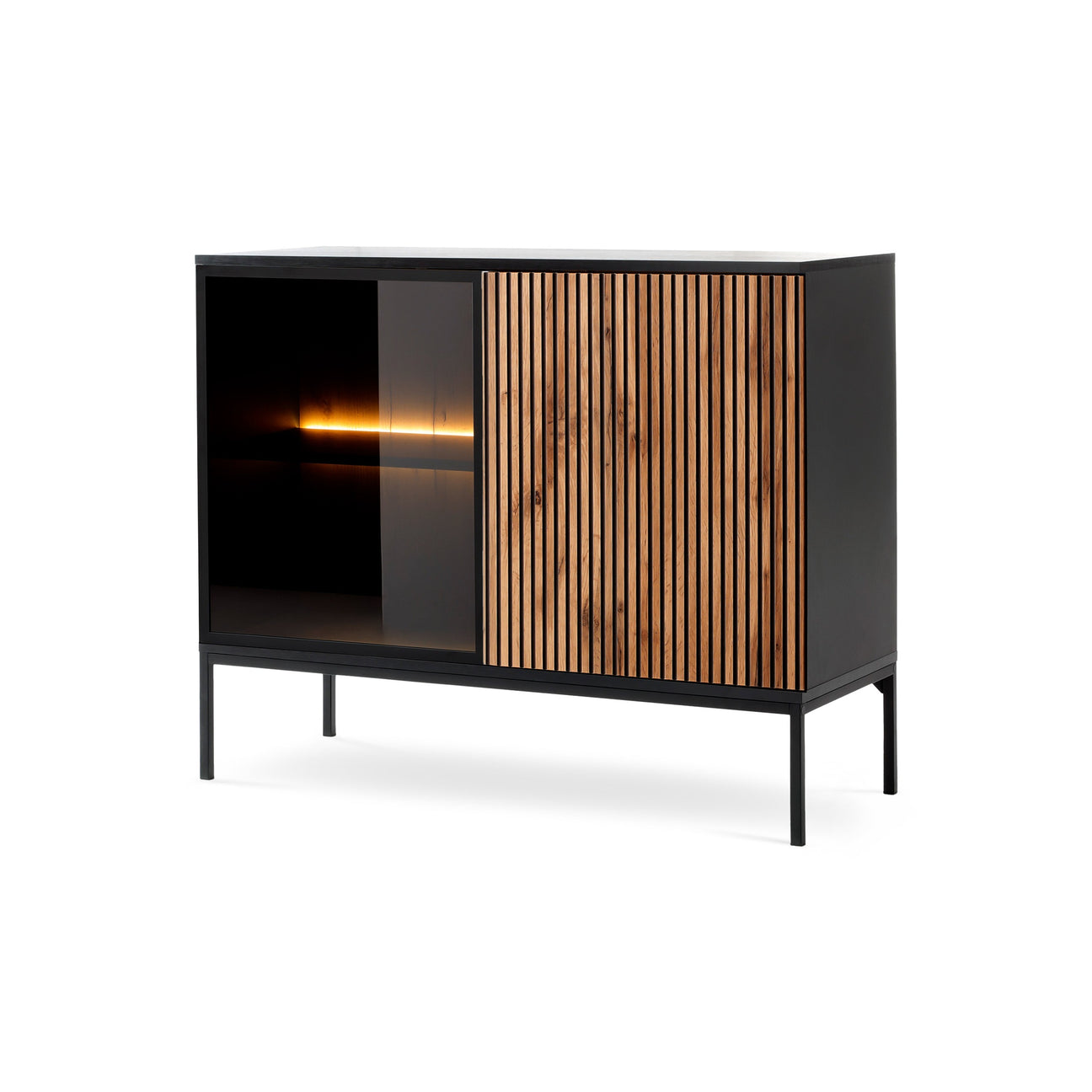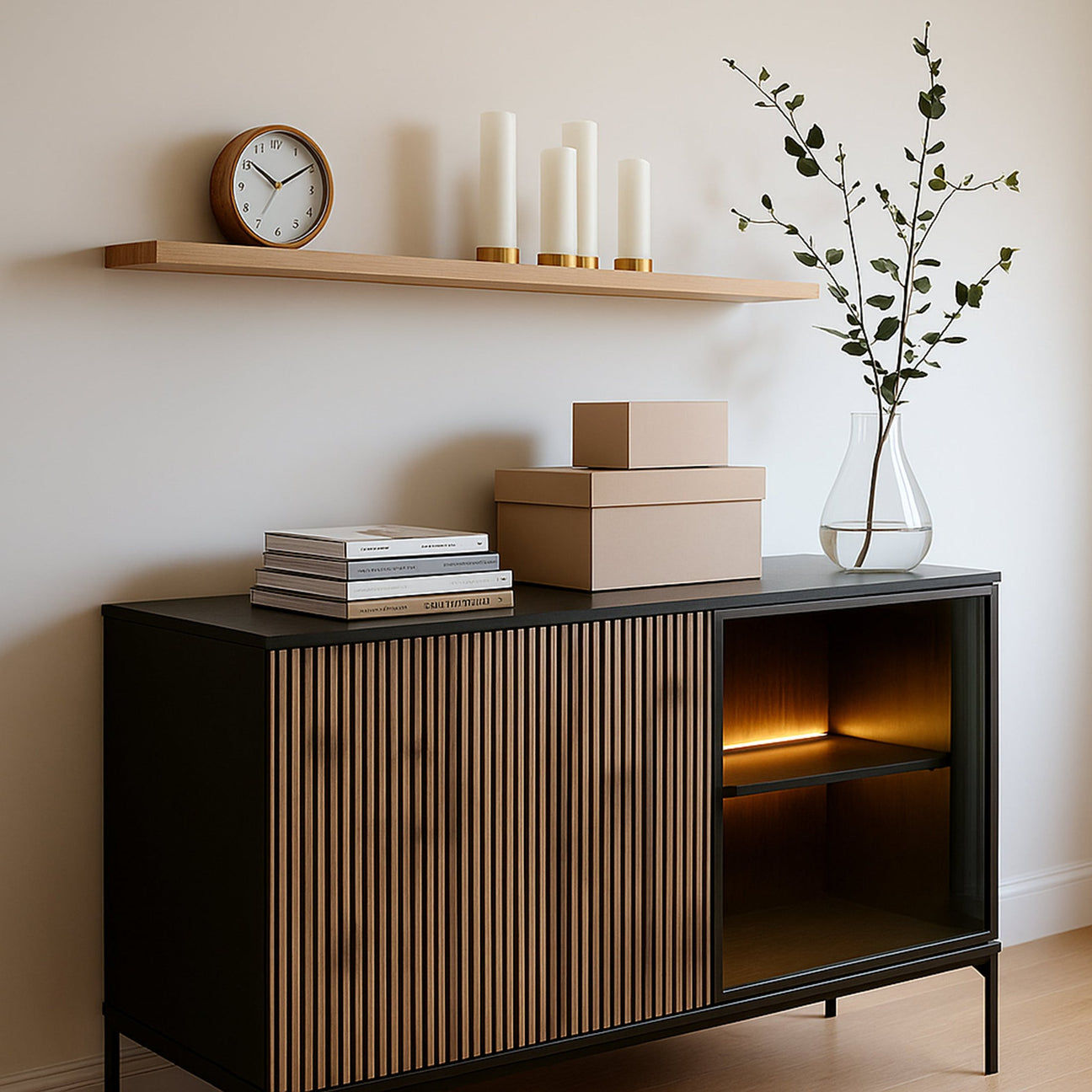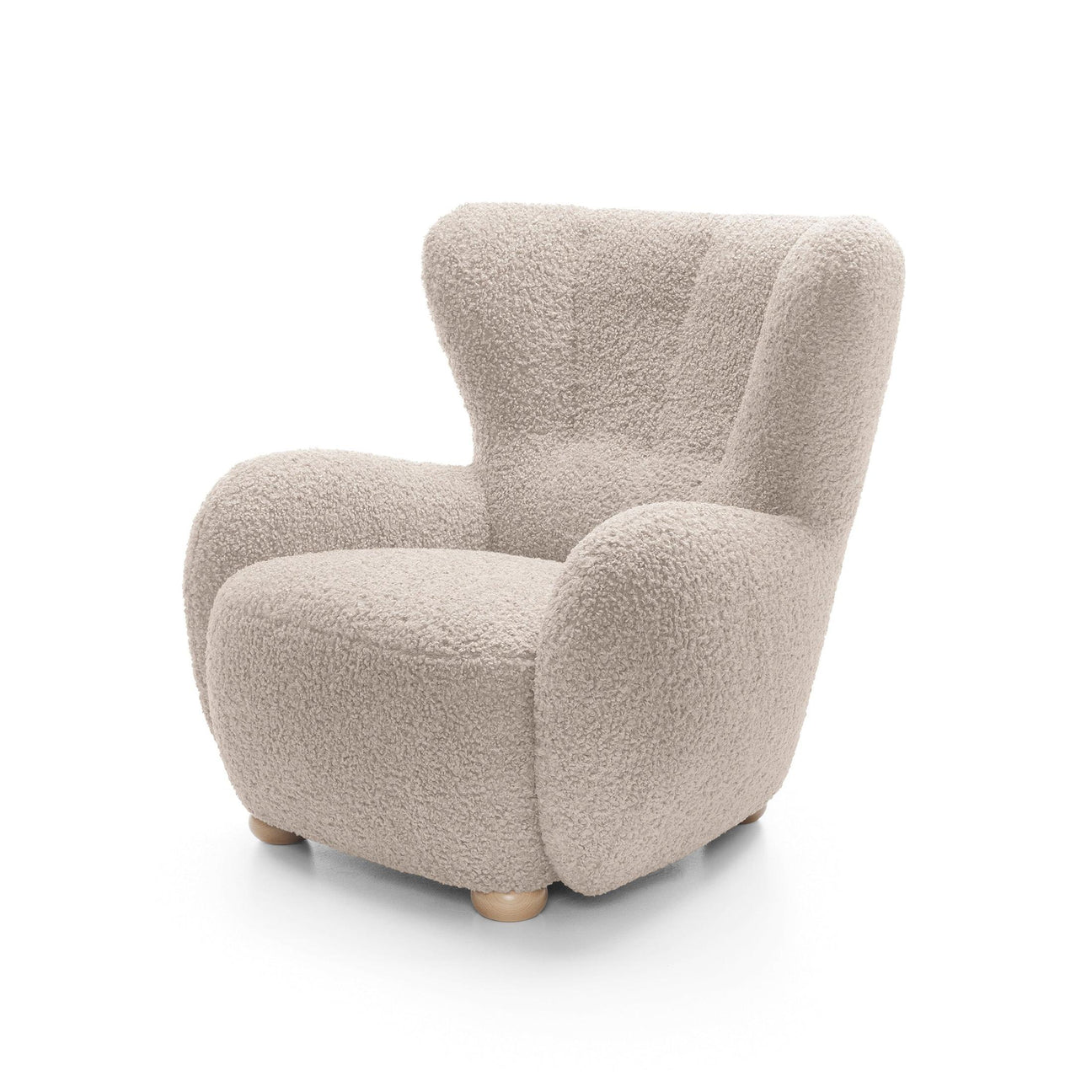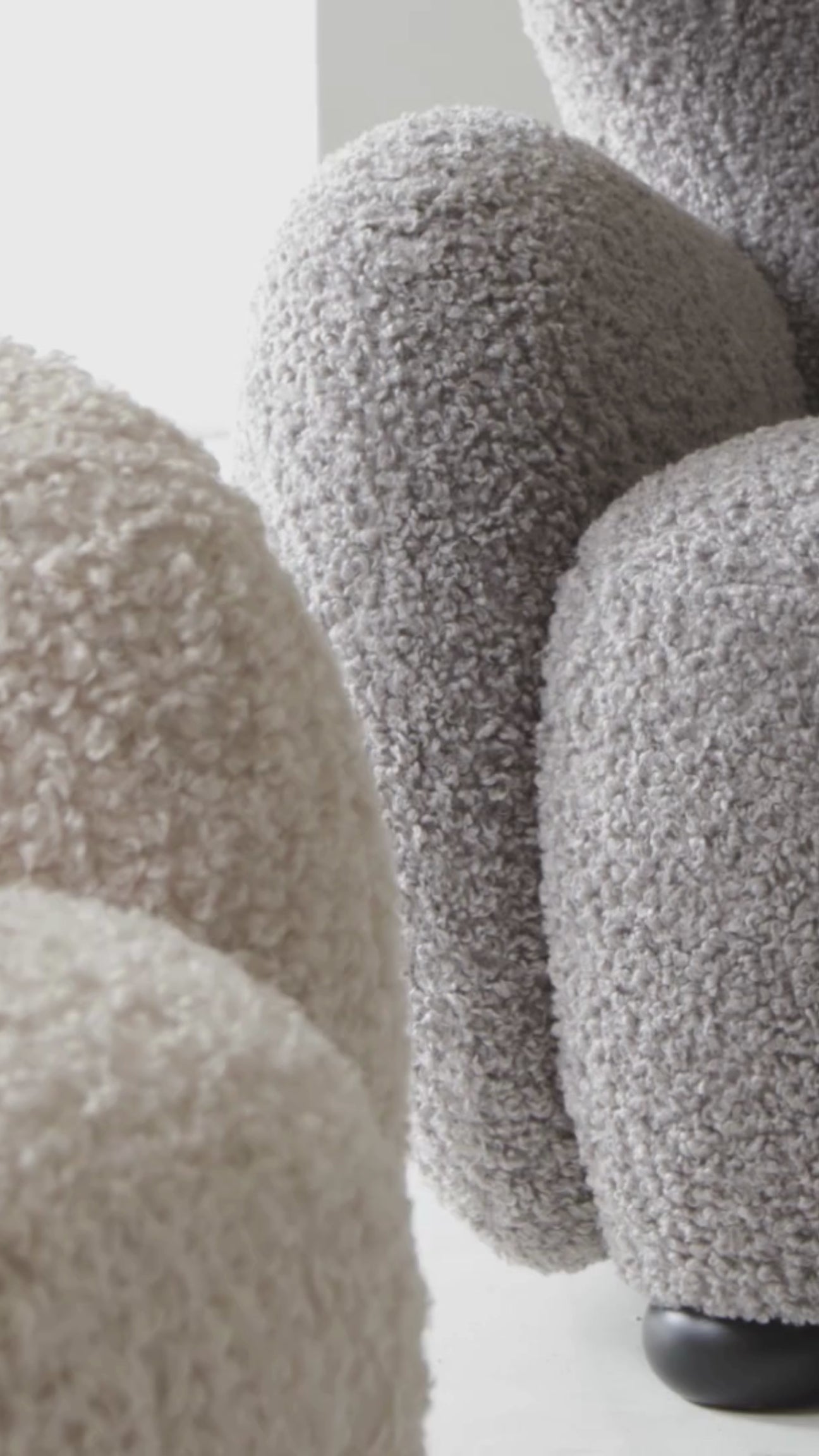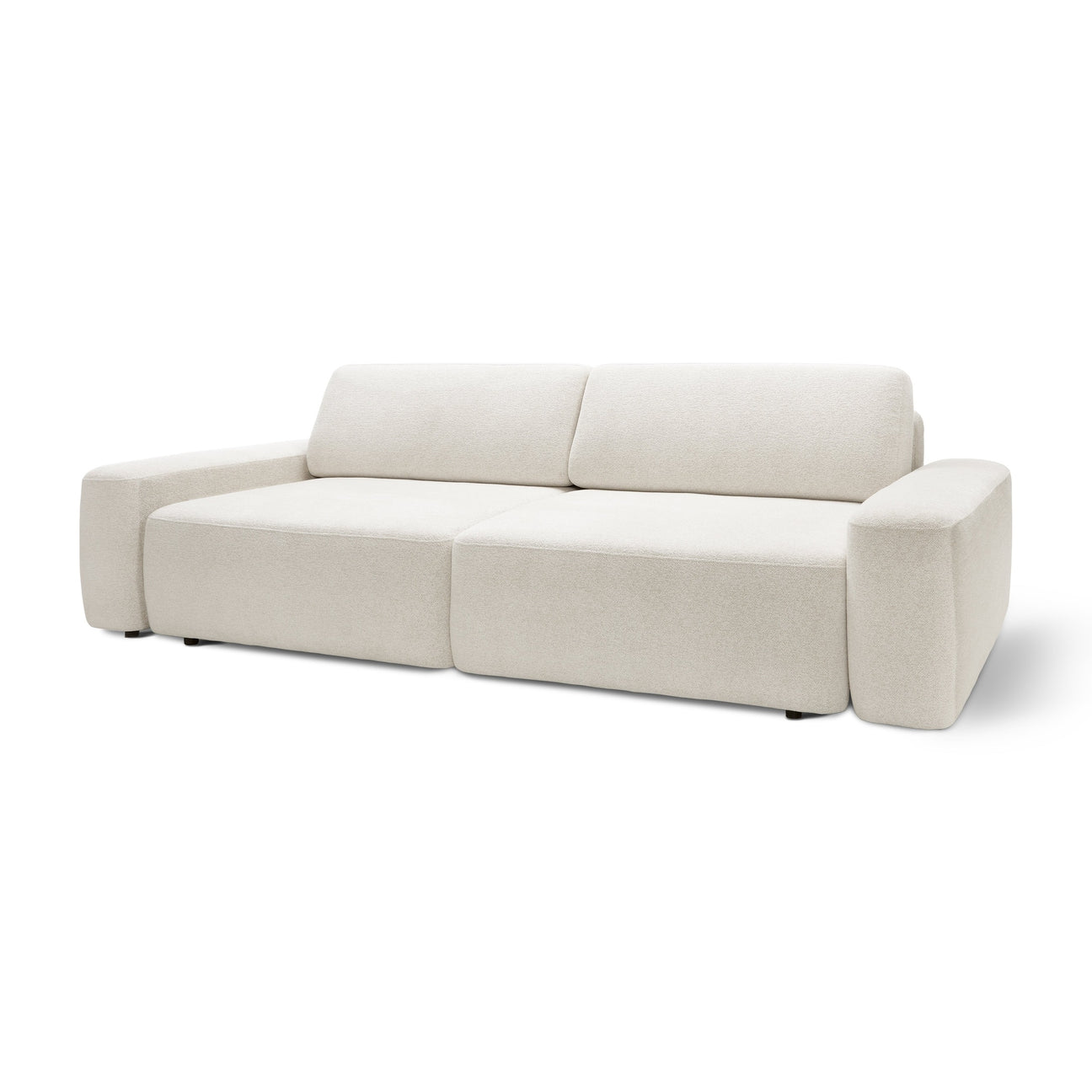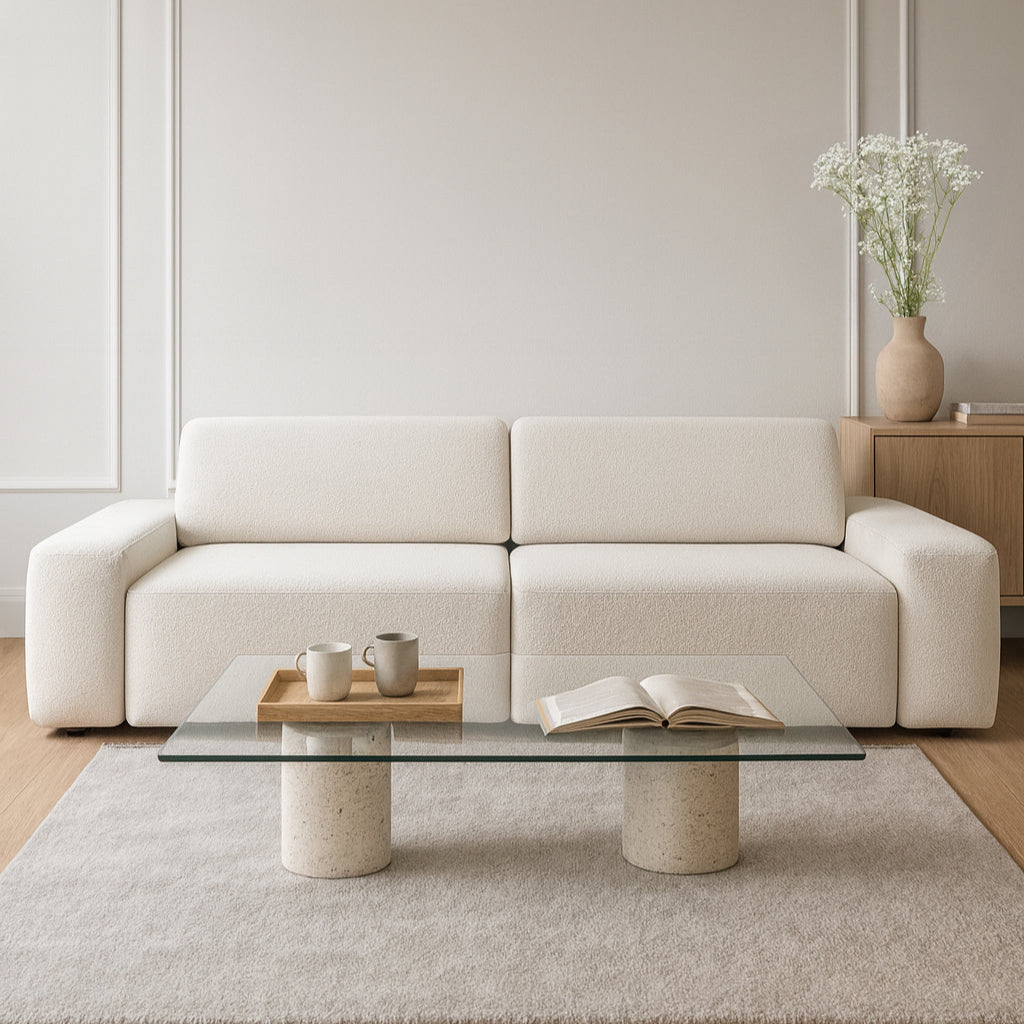Close your eyes and imagine the coziest place in the world. I bet many of us imagine the distinctive "wings" of a wingback chair , enveloping us like a warm embrace. This iconic piece, with its high backrest and distinctive "ears" on the sides, is more than just a place to sit—it's a symbol of security, comfort, and a sense of homey nostalgia that connects generations.
Do you remember that childhood moment when you hid in your grandfather's wingback chair during family gatherings? Or those college evenings when that old armchair in your rented apartment was the only place you could retreat to with your music and dreams? The wingback chair is a piece of furniture that has written its history in the hearts of generations, and today it's experiencing a renaissance in modern interiors.
The Birth of a Legend: 18th Century England and the Need for Warmth
The history of the wing chair dates back to 18th-century England, where cold, drafty castles and homes needed furniture that would protect against the cold. Our work is a story of different people, from different eras and generations – learn from them. Originally called a "wing chair," the wing chair was created for very practical reasons.
The high backrest and distinctive "wings" on the sides were intended to protect the sitter from the drafts that plagued elegant salons. This was a chair for important people – lords reading newspapers by the fireplace, businessmen planning their next investments, and ladies of society gossiping over afternoon tea.
The first wingback chairs were upholstered in heavy, dark fabrics—velvets and bric-a-brac—that further insulated them from the cold. These were status furniture, often passed down through families, acquiring the character and history of their owners over time.
Screen Icons and Iconic Moments
Pop culture has embraced the wing chair for its cinematic potential. In "The Godfather," Don Corleone dispensed judgment from a massive leather wing chair, and in "Sherlock Holmes," the famous detective solved mysteries while sinking deep into the embrace of his favorite armchair at 221B Baker Street.
"Downton Abbey" showed us wingback chairs in their natural habitat – aristocratic drawing rooms, where they served the same families for decades. And who doesn't remember the iconic chair from "Frasier ," the subject of eternal debate between the Crane brothers? This Martin leather wingback was a symbol of class and authenticity in a world of refined pretentiousness.
Even in animation, the wingback chair has found its place – from classic Disney cartoons, where wise characters always had their distinctive chairs, to modern films, where it represents home comfort and stability.
Evolution through the decades: from aristocracy to the democratization of style
The 1920s and 1930s brought the first changes – the wingback chair left the confines of exclusive salons and began to grace middle-class homes. It was a time when the armchair ceased to be merely a utilitarian piece of furniture and became a symbol of aspiration and the pursuit of a better life.
The post-war 1950s were an era of colorful experimentation. Wingback chairs were dressed in bright, optimistic fabrics—from floral patterns to the geometric patterns of the 1960s. These were chairs for a generation that was rebuilding the world and believing in the future. Rock 'n' roll blared from the radio, and the wingback chair became a place where young families built their home traditions.
The 1970s and 1980s were a time of experimentation with materials – faux leather, bold colors, and metallic accents appeared. The wingback chair adapted to the times without losing its fundamental character – it remained a place of refuge and comfort.

Modern Renaissance: Vintage Meets Modern
Today, the wingback chair is experiencing a true renaissance, and for good reason. In a world of constant rush and digital chaos, we need places that give us a sense of security and continuity. The love of home's warmth is precisely this—a longing for authenticity in a world full of imitation.
Contemporary interpretations of the wingback chair offer a fascinating blend of tradition and modernity. Scandinavian brands offer minimalist versions with clean lines and natural materials. Italian designers experiment with modern fabrics and bold colors. Polish artisans return to their roots, creating chairs that combine traditional design with contemporary needs.
Customization is up to you, you create it yourself. Today, we can choose from hundreds of fabrics, colors, and finishes. We can have a wingback chair in the color of our favorite song, in a fabric reminiscent of the texture of the cover of a book that changed our lives, or in a shade that evokes our fondest childhood memory.

The Art of Renovation: Giving Family Treasures a Second Life
Eco-friendliness in furniture renovation tips isn't just a trend, but a return to wise management. In the basements and attics of many homes, old wingback chairs that remember grandparents and great-grandparents are waiting. Restoring such a chair is a journey through time and family history.
The process of restoring a wingback chair is a true adventure. Beneath the old upholstery, we can discover original springs, sometimes even handmade. In the armchair's recesses, we'll find evidence of its history—perhaps an old coin, a page from a 1960s calendar, or a button from Grandma's dress.
Choosing a new fabric is a moment where the past meets the present. Will we retain the traditional pattern, paying homage to the chair's history? Or will we choose a modern material, giving it new life in our contemporary interior? Each of these decisions tells a story about how we respect the past and how we envision the future.
The psychology of comfort: why do wingback chairs still fascinate us?
You are someone. You are valuable. And the wingback chair understands this perfectly. In a world of open spaces and minimalist interiors, the wingback chair offers something priceless – privacy and intimacy. These distinctive "wings" create a natural barrier between us and the world, providing a sense of safe space.
It's no coincidence that in movies and TV series, the most important conversations, moments of reflection, and groundbreaking decisions often take place in a wingback chair . There's something about this piece of furniture that allows us to be ourselves, think more deeply, and feel more intensely.
For different generations , a wingback chair means different things, but it always holds significance. For older generations, it's a symbol of stability and tradition. For millennials, it's a vintage treasure that adds character to a modern space. For Gen Z, it's an Instagram backdrop and a remote workspace that combines functionality with aesthetics.

A place where time stops
A wingback chair is more than just a piece of furniture – it's a portal to our inner space, a place where we can pause in the rush of everyday life. It's a chair that remembered our grandparents reading the newspaper over Sunday breakfast, our parents listening to vinyl records on Saturday evenings, and now remembers us scrolling through social media or reading an e-book.
Every wingback chair holds a story – perhaps a first love that developed during long conversations in a student apartment, perhaps the birth of a child who fell asleep on our laps, perhaps difficult decisions made in the silence of an evening at home.
For the Pillovely team, a wingback chair isn't just a piece of furniture—it's a guardian of our most important moments. Whether it's a classic model with leather upholstery, a modern interpretation in Scandinavian style, or a restored treasure from your family home—what matters is that it becomes part of your personal history.
See also:


